For Revolutionary Environmental Change, Houston needs a Culture Shift
 Tuesday, April 3, 2018 at 10:46PM
Tuesday, April 3, 2018 at 10:46PM 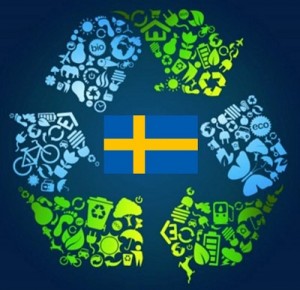
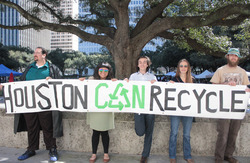
|
|
|
|
|
|
|
|
 Tuesday, April 3, 2018 at 10:46PM
Tuesday, April 3, 2018 at 10:46PM 

 Tuesday, April 3, 2018 at 10:15PM
Tuesday, April 3, 2018 at 10:15PM 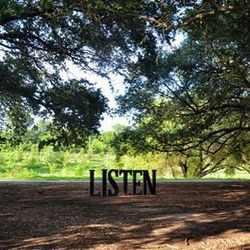
- By: Kelly Beecher, Vox Culture Blogger
 Tuesday, April 3, 2018 at 9:41PM
Tuesday, April 3, 2018 at 9:41PM 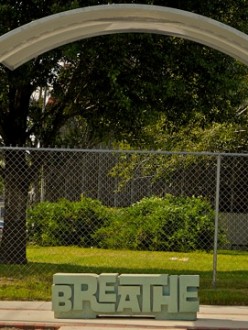
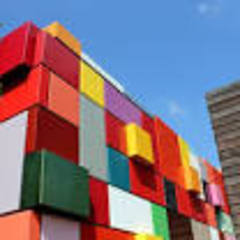
- By: Kelly Beecher, Vox Culture Blogger
 Wednesday, February 28, 2018 at 12:39PM
Wednesday, February 28, 2018 at 12:39PM Join Vox Culture for the next installment of our 2018 Homegrown Initiative addressing the environment with, “Homegrown: Green Innovation”. We will be hosting our second event of the year at Eureka Heights Brew Co. on Thursday, March 22nd, from 6:30PM-9:00PM.
Please register via our Eventbrite link here: http://www.eventbrite.com/e/homegrown-green-innovation-tickets-43040702901
The latest information will be posted on the Facebook event page here: http://www.facebook.com/events/163554220965466/?ti=cl
Vox Culture is hosting this expo in partnership with Houstainable. Based locally, Houstainable is a new organization that seeks to build and enable the platform for clean technology entrepreneurs and sustainable capital to thrive in Houston.
Together, our organizations are bringing a select group of rising Houston startups that are building and implementing new technologies to encourage local innovation and address the various environmental issues that plague Houston and the world. Also featured will be environment related art work created by Houston artist Johnathon Michael Espinoza – who will also talk about the possible intersection of arts and green businesses.
“Homegrown: Green Innovation” is a free public event that will provide a chance for guests to directly engage, network, and show support to these businesses, while getting a sneak peak at some of the latest and up and coming technological creativity being developed to minimize negative environmental impact. A brief panel will also feature experts and founders who will talk about their inventions, and the challenges currently facing startups and proper innovation in Houston. Topics such as creativity together with how the arts can collaborate with local green technology startups to further green business and environmental initiatives will also be addressed.
Beer selections from Eureka Heights will also be available for purchase by guests. Other items such as soft drinks and water will also be available, while food will be offered for purchase via onsite food trucks.
Entry is free, but space is limited, so please remember to RSVP via Eventbrite. Inquiries may be directed to shen.ge@voxculture.org.
 Wednesday, January 17, 2018 at 11:11PM
Wednesday, January 17, 2018 at 11:11PM 
- By: Kelly Beecher